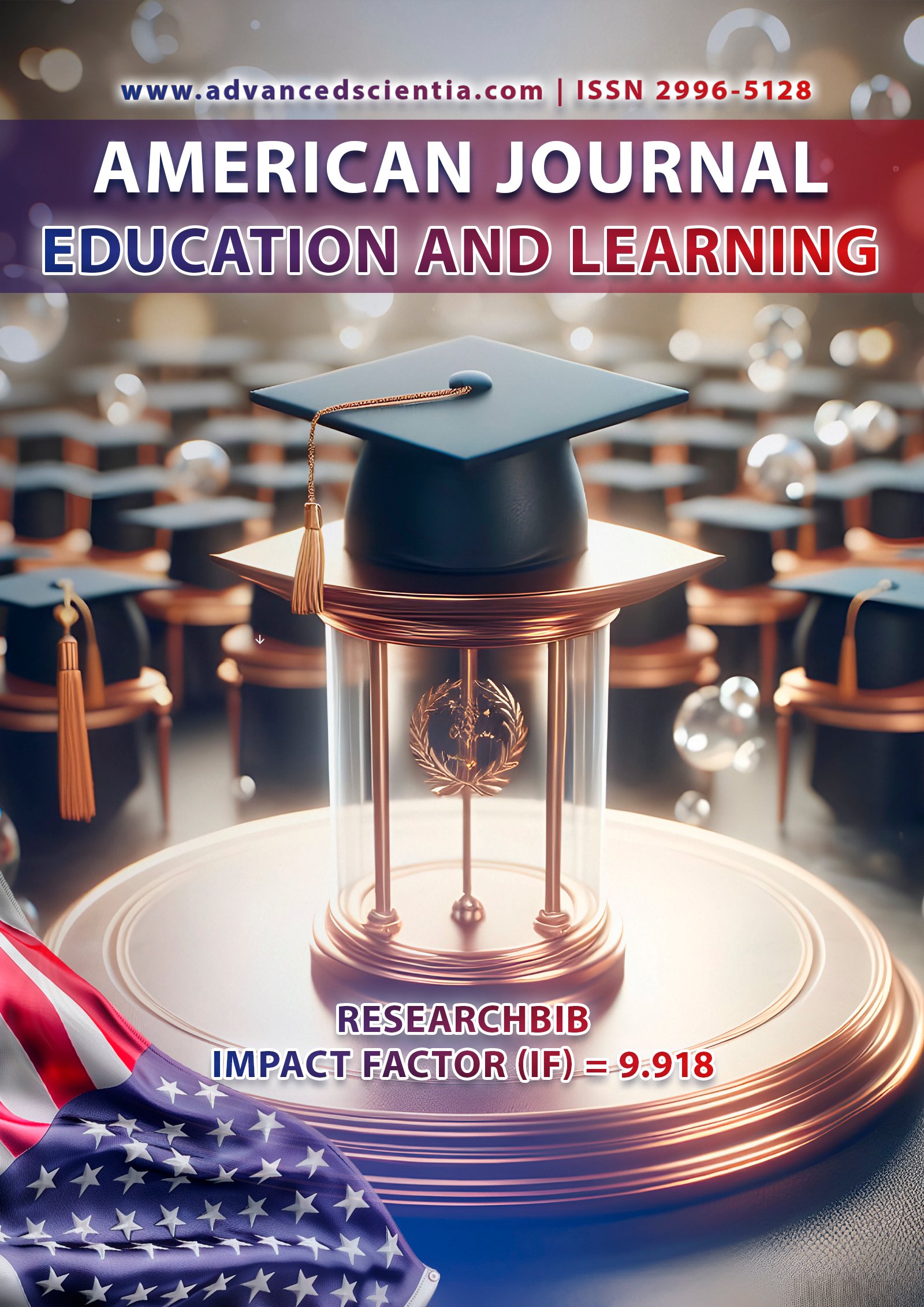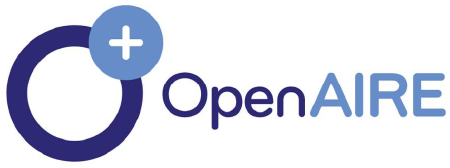THE ROLE AND IMPORTANCE OF VISUAL ARTS IN IMPROVING THE MECHANISM OF ORGANIZING THE PROCESS OF FORMING EDUCATIONAL CONTENT
Abstract
This article explores the significant role of the visual arts in enhancing the mechanisms for organizing the process of shaping educational content. It addresses the pedagogical, cognitive, and cultural importance of visual arts education in the development of holistic learning experiences. By analyzing the integration of visual arts in curriculum design, this study highlights how visual literacy, creativity, and critical thinking foster students' comprehensive development. It also outlines key strategies for incorporating art education to align with modern educational paradigms.
References
• Gardner, H. (1983). Frames of Mind: The Theory of Multiple Intelligences. Basic Books.
• Vygotsky, L. S. (1978). Mind in Society: The Development of Higher Psychological Processes. Harvard University Press.
• Dewey, J. (1934). Art as Experience. Minton, Balch & Company.
• Eisner, E. (2002). The Arts and the Creation of Mind. Yale University Press.
• Winner, E., & Hetland, L. (2008). Art for Our Sake: School Arts Classes Matter More Than Ever. Arts Education Policy Review.






















